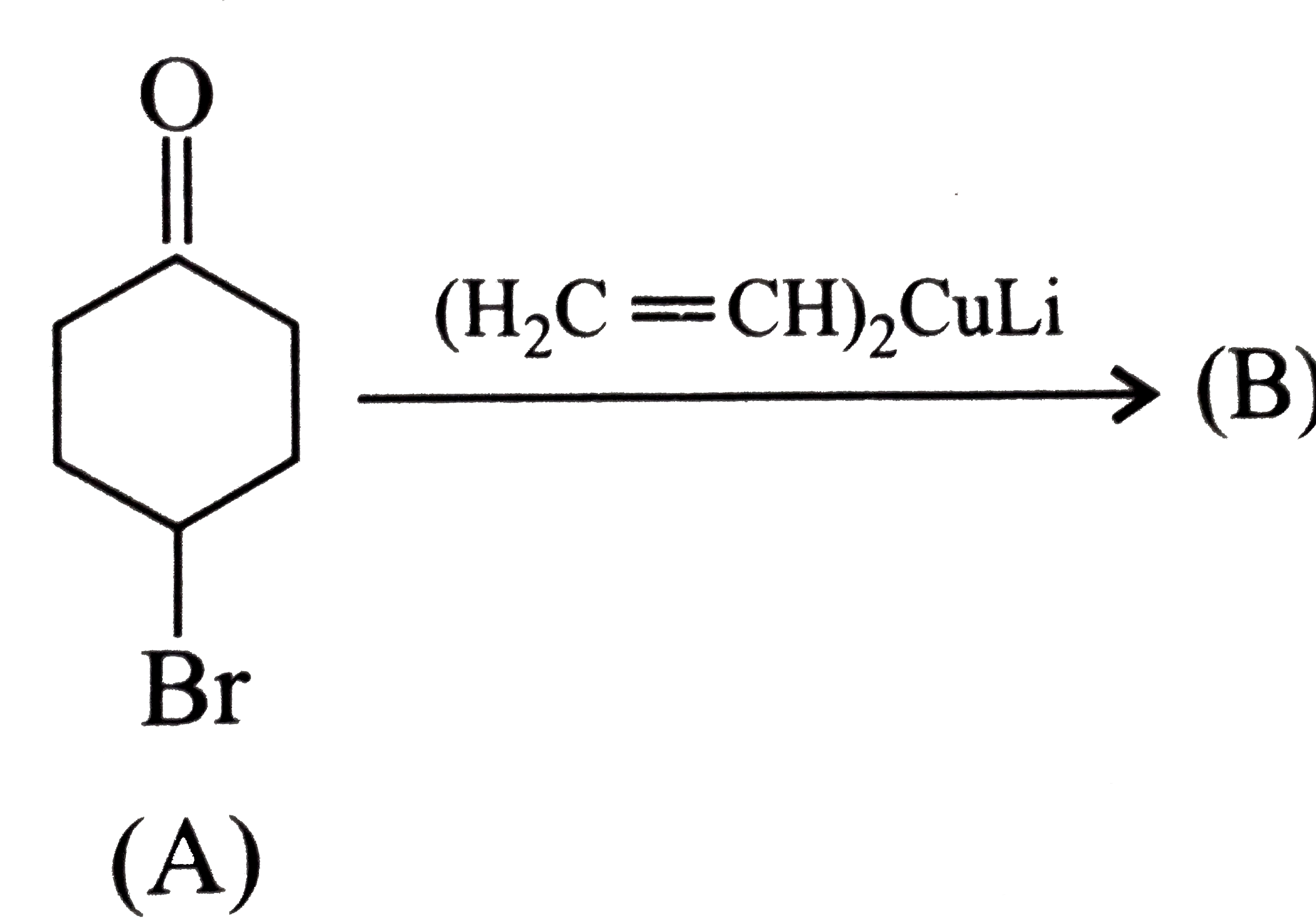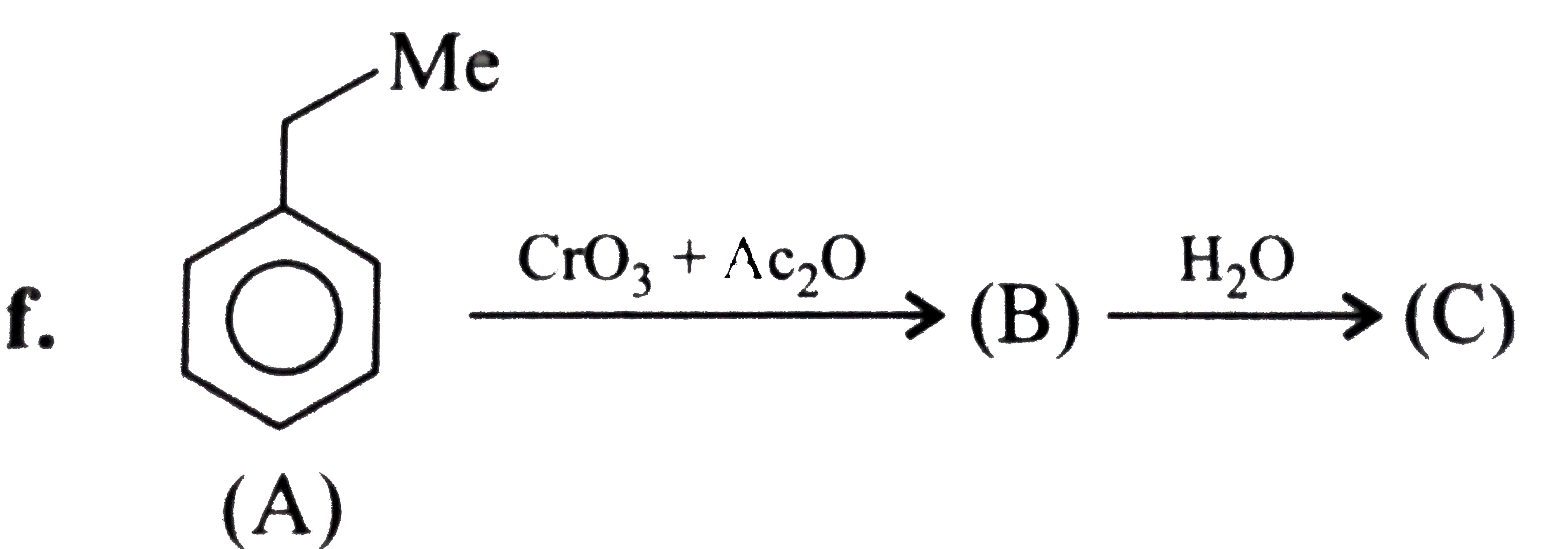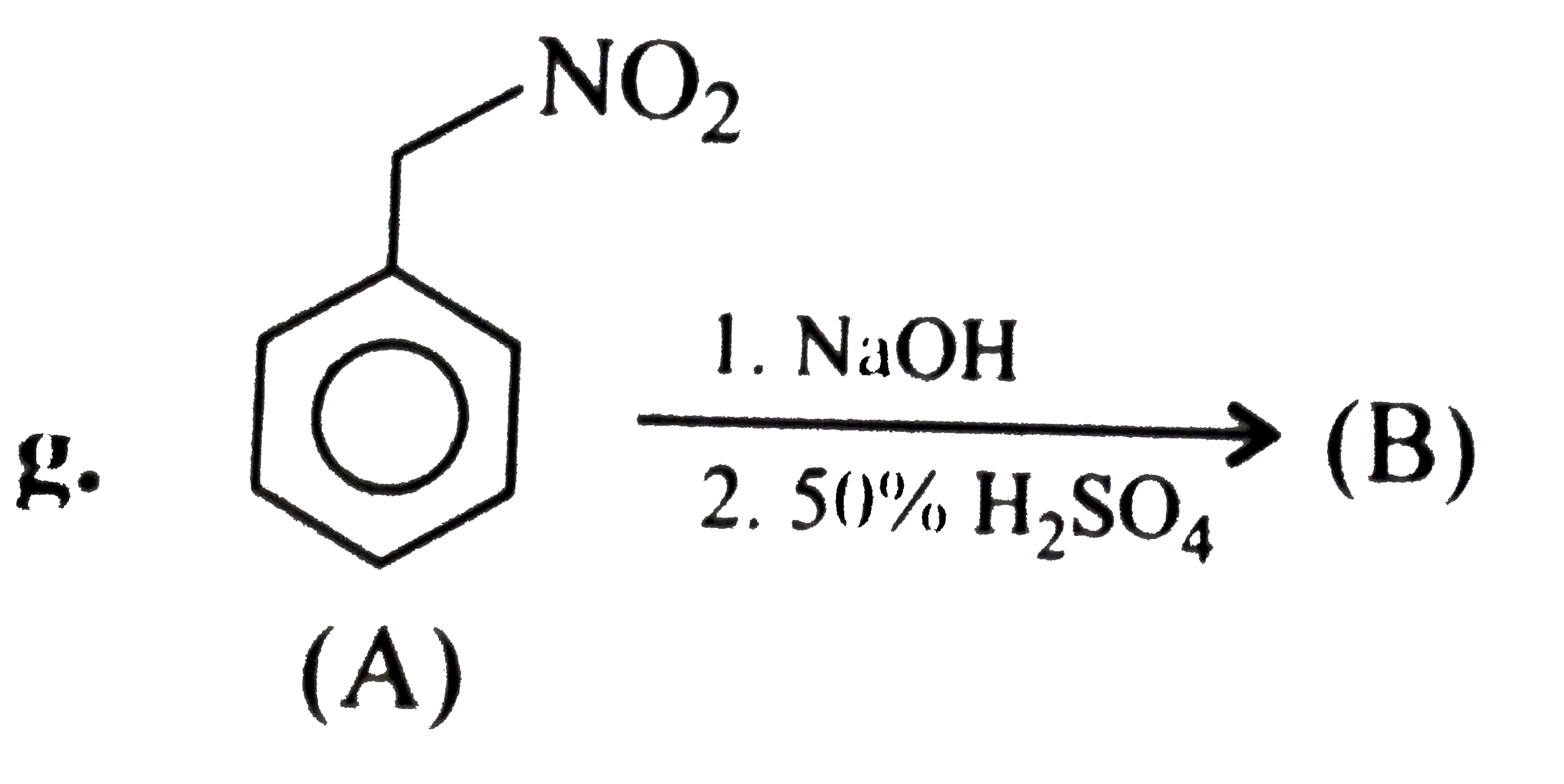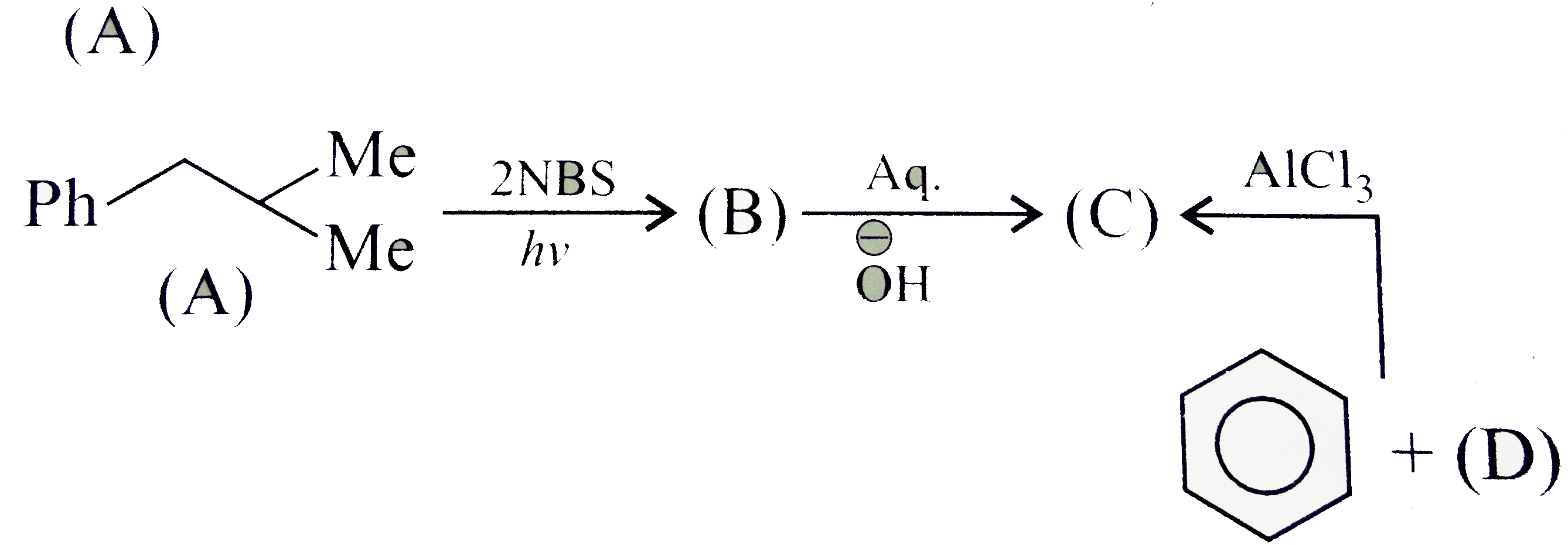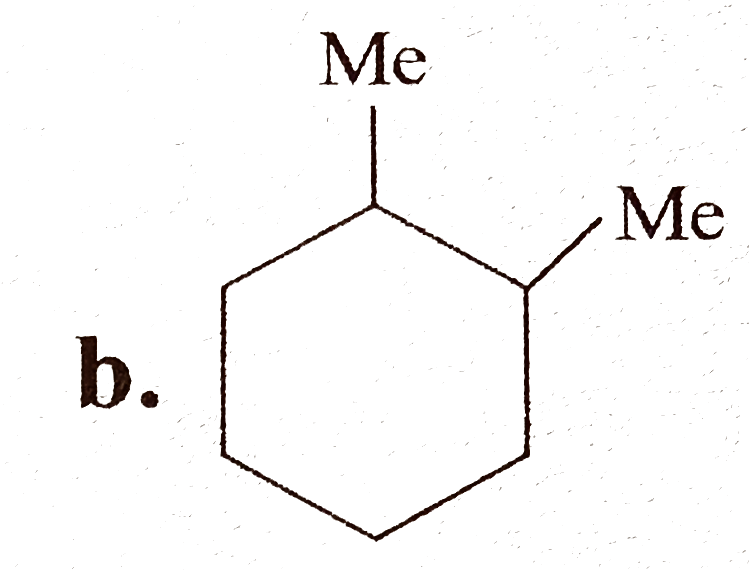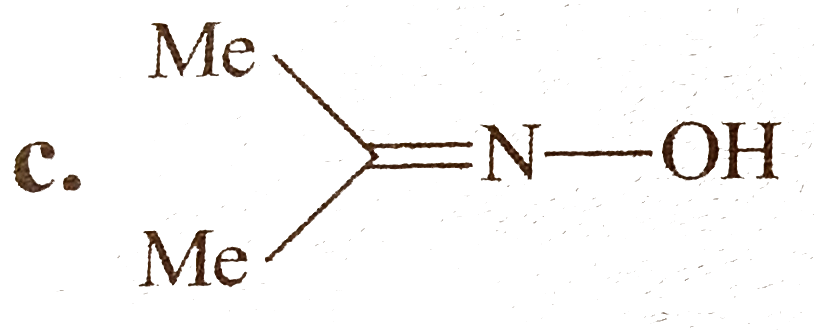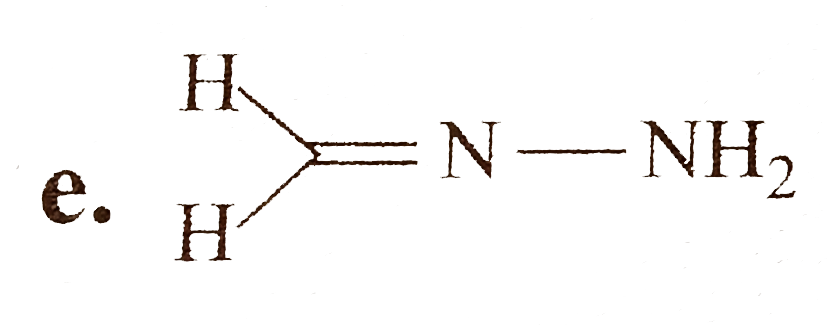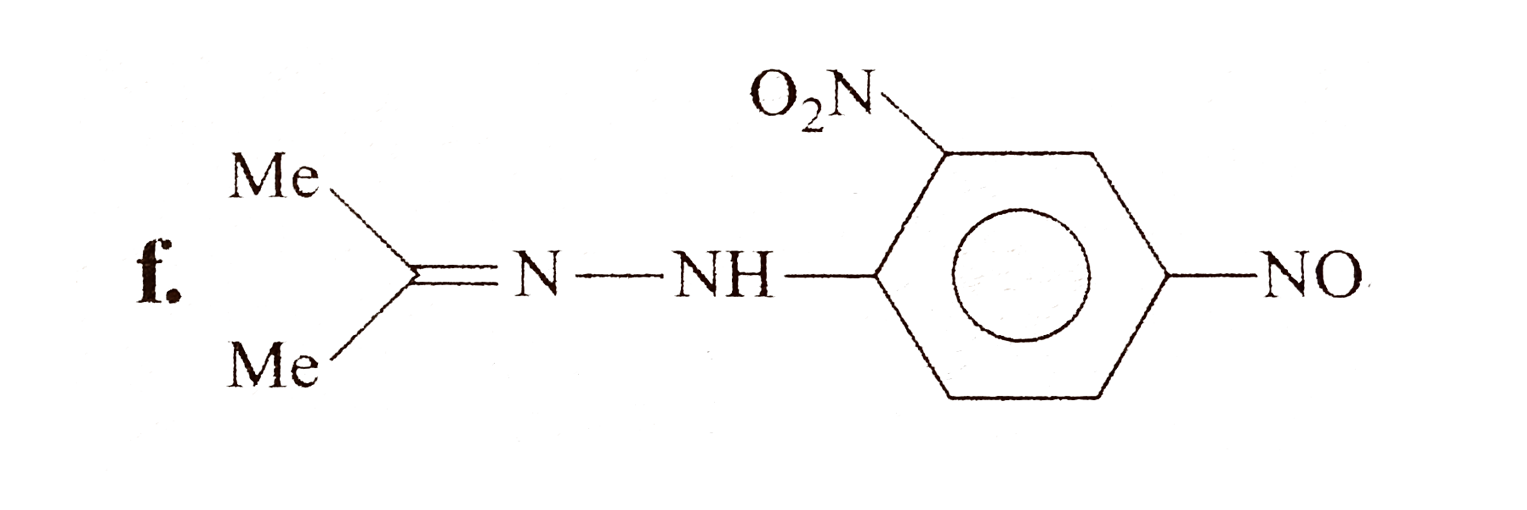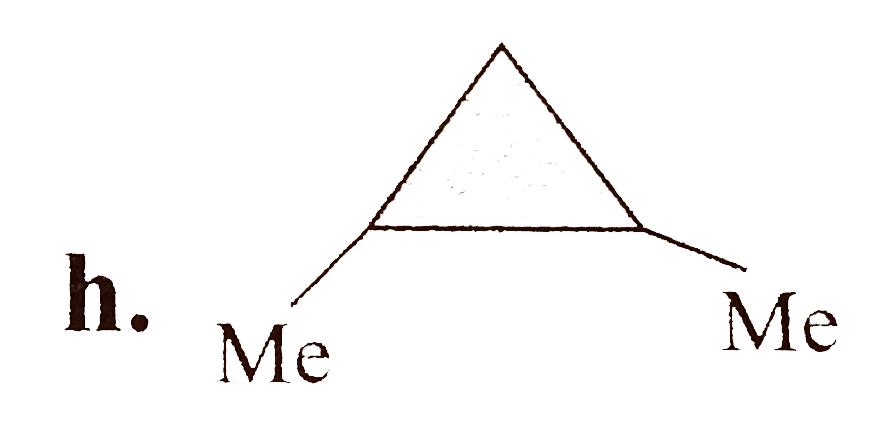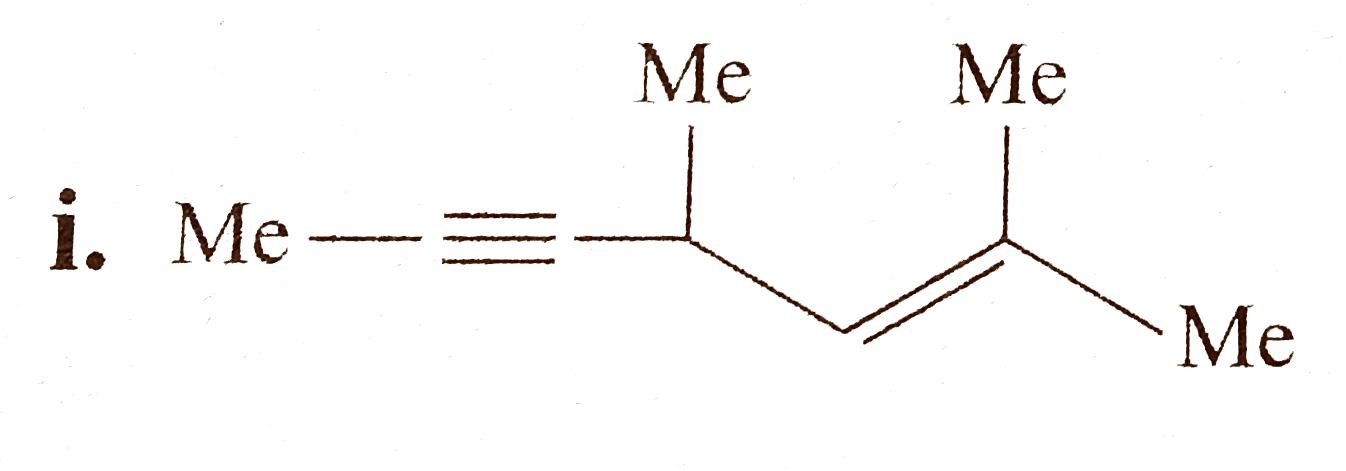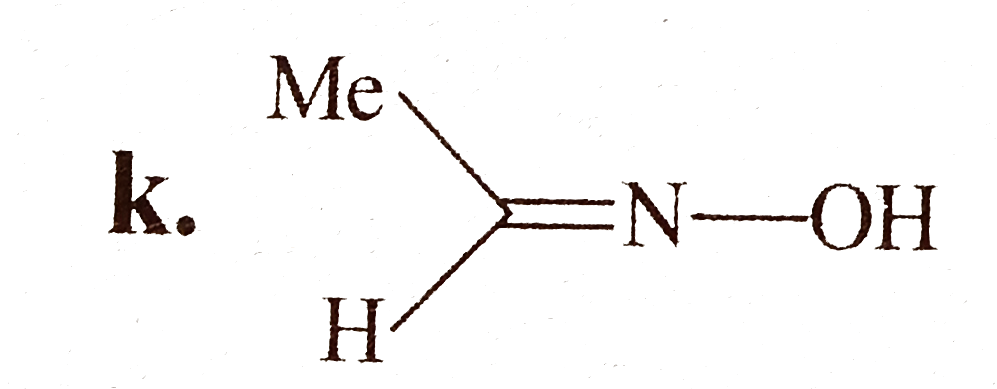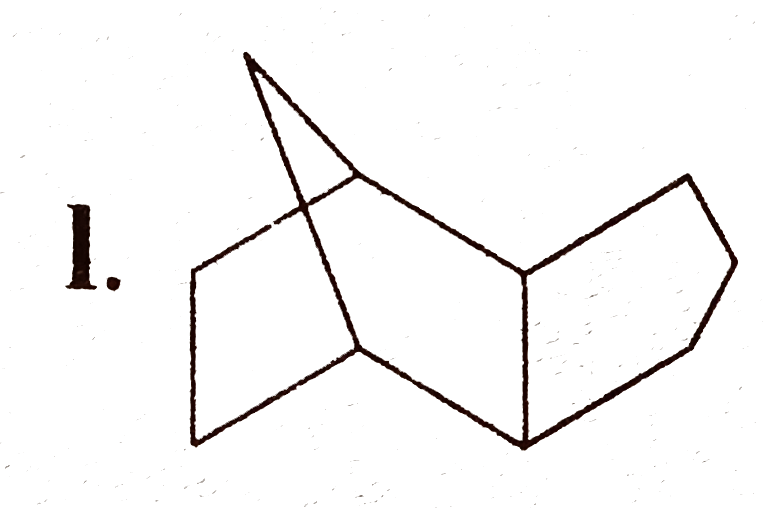Give formula for the following :
a, Water glass
b. Phosgene
c. Litharge
c. Red lead
e. Butter of tin
f . Drykold
g. Chrome hyellow
h. Carborundum
i. Sugar of lead
j. White lead .
a. Water glass, Na2SiO3
b. Phosgene COCl2
d. Litharge, PbO
d. Red led Pb3O4
e. Butter of tin SnCl45H2O
e. Drykold dry CO2(CO2sinsoltate)
Chorme yellow, PbCrO4
h. Carborundum , Sic
i. sugar of lead Pb(CH3COO)2
j. White lead , 2PbCO3Pb(CH)2 .
Topper's Solved these Questions
- BOOK - CENGAGE CHEMISTRYCHAPTER - P-BLOCK GROUP 14 - CARBON FAMILYEXERCISE - Solved Examples9videos
P-BLOCK GROUP 14 - CARBON FAMILY
- BOOK - CENGAGE CHEMISTRYCHAPTER - P-BLOCK GROUP 14 - CARBON FAMILYEXERCISE - Ex (Subjective)21videos
P-BLOCK GROUP 14 - CARBON FAMILY
- BOOK - CENGAGE CHEMISTRYCHAPTER - P-BLOCK GROUP 13 - BORON FAMILYEXERCISE - Exercise Archives (Subjecive)9videos
P-BLOCK GROUP 13 - BORON FAMILY
- BOOK - CENGAGE CHEMISTRYCHAPTER - PERIODIC CLASSIFICATION OF ELEMENTS AND GENERAL INORGANIC CHEMISTRYEXERCISE - Exercises (Archives )Subjective4videos
PERIODIC CLASSIFICATION OF ELEMENTS AND GENERAL INORGANIC CHEMISTRY
Similar Questions
Knowledge Check
- Question 1 - Select One
Identify the heavy metals from the following.
a. Cadmium (Cd) b. Copper (Cu) c. Chromium (Cr) d. Cobalt (Co) e. Mercury (Hg) f. Lead (Pb)Aa, b, e and fBa, b, c and dCc, d, e and fDa, b, c, d, e and f
Name the following reactants also give names of reactions involved.
a.
b.
c.
d.
e.
f.
g.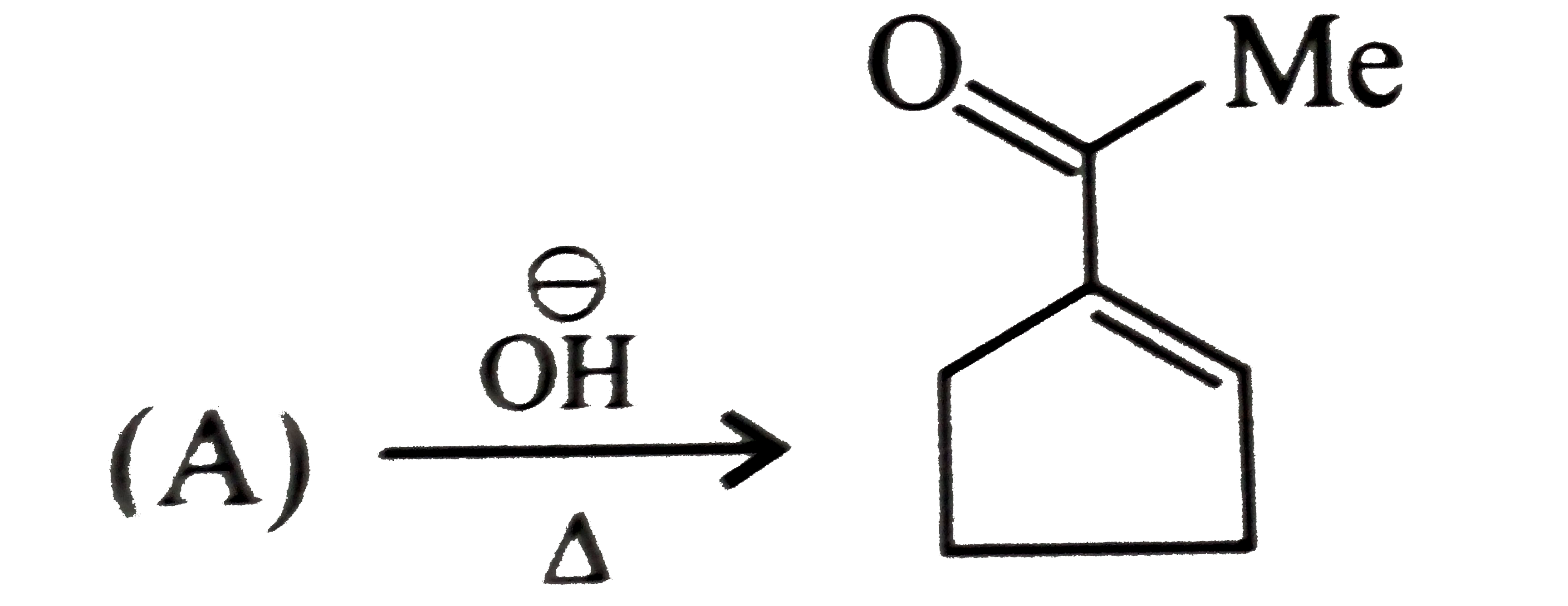
h.
i.
j.
k. View Solution
View SolutionIn experiment on the effect of heating on oxides of lead in a current of hydrogen the following results were obtained. Show that they are in agreement with the law of multiple proportions.
a. 1.393g of litharge (PbO) gave 1.293g of lead
b. 2.173g of lead peroxide (PbO2) gave 1.882g of lead
c. 1.712g of red lead (Pb3O4) gave 1.552g of leadView SolutionGive a balanced chemical reaaction for the following :
a. Tin is heated with conc HNO3
b. Pb3 is treated with nitric acid .
c. Iodine is added to a solution fo stannous chloride .
d. Dil NHO2 is slowly reacted with metallic tin.
e. Passing SiCl4 vapour over mlten aluminium .
f. Stannous chloride si added to emrcuric chloride .
g. Red lead is treacte will conc H2SO4
h. Red lead is treted with conc HCl.View SolutionWrite formulas for the following compounds:
a. Mercury (II) chloride b. Nickel (II) sulphate
c. Tin (IV) oxide d. Thallium (I) sulphate
e. Iron (III) sulphate f. Chromium (III) oxideView SolutionThe following results were obtained by heating different oxides of lead in a current of hydrogen.
(a) 1.393g of litharge gave 1.293 g of lead.
(b) 2.173g of lead peroxide gave 1.882 g of lead.
(c) 1.721 g of red lead gave 1.552 g of lead.
Show that these resutls are in accordance with the law of multiple proportions.View SolutionDuring war, arsenic containing poisonous gas called Lewisite is sometimes used. The soldiers may get affected due to poisoning by arsenic or it may affect the people living in the nearby areas. Similarly, we use a number of articles containing lead. If somehow it enters into our body, e.g., along with water if lead pipes are used for transport of water, there may be lead poisoning. The person inflicted with arsenic or lead poisoning has to be given an antidote.
Now, answer the following questions :
(i) What values are expressed in the above paragraph?
(ii) Which antidote is given for arsenic poisoning and which one for lead poisoning?View SolutionWrite formulas for the following compounds
(a) Mercury (II) chloride
(b) Nickel (II) sulphate
(c) Tin (IV) oxide
(d) Thallium (I) sulphate
(e) Iron (III) sulphate
(f) Chromium (III) oxideView Solution





